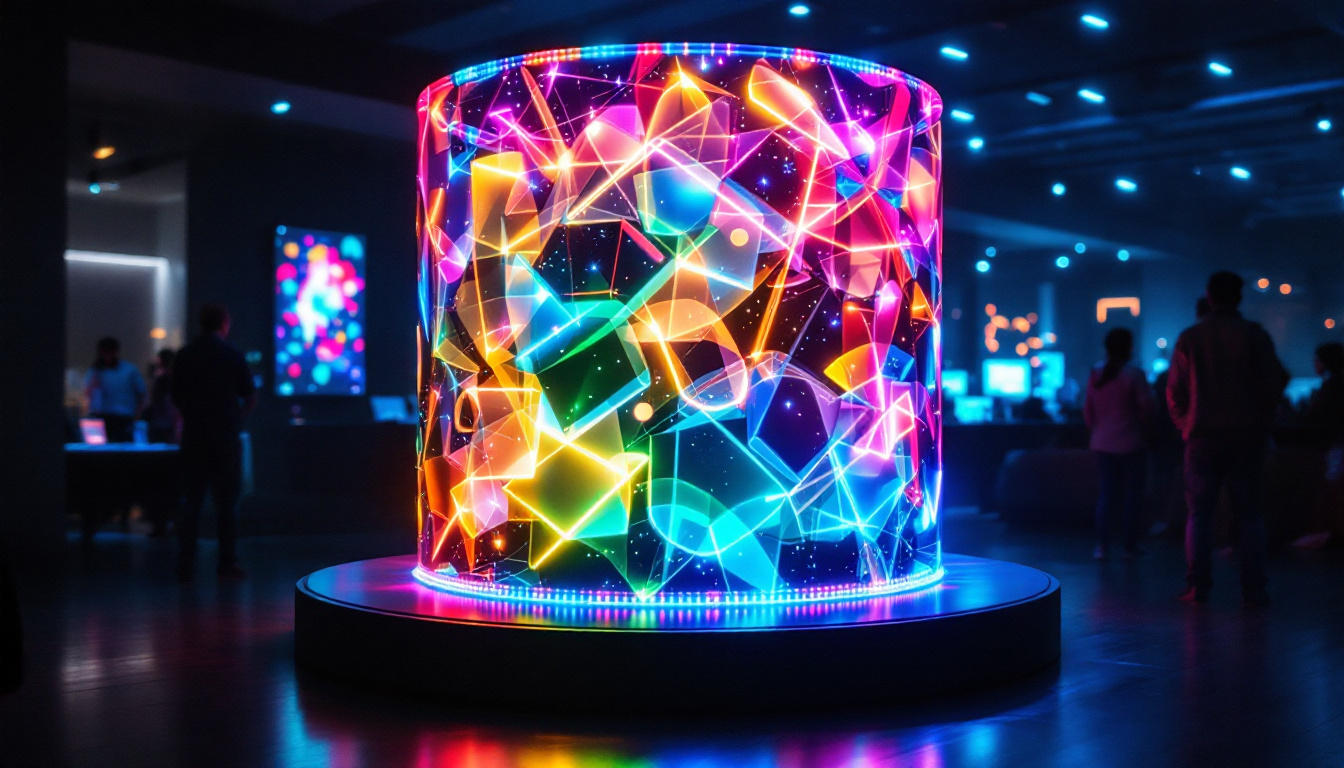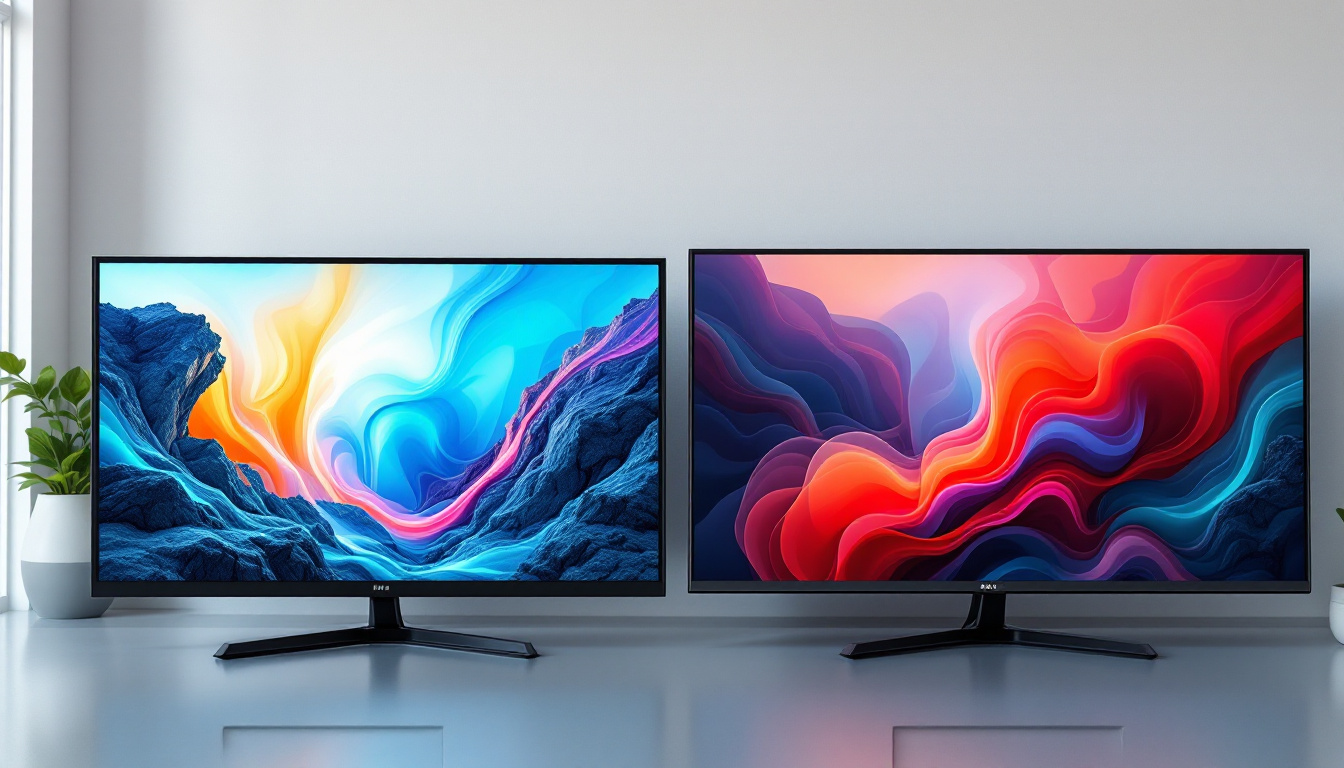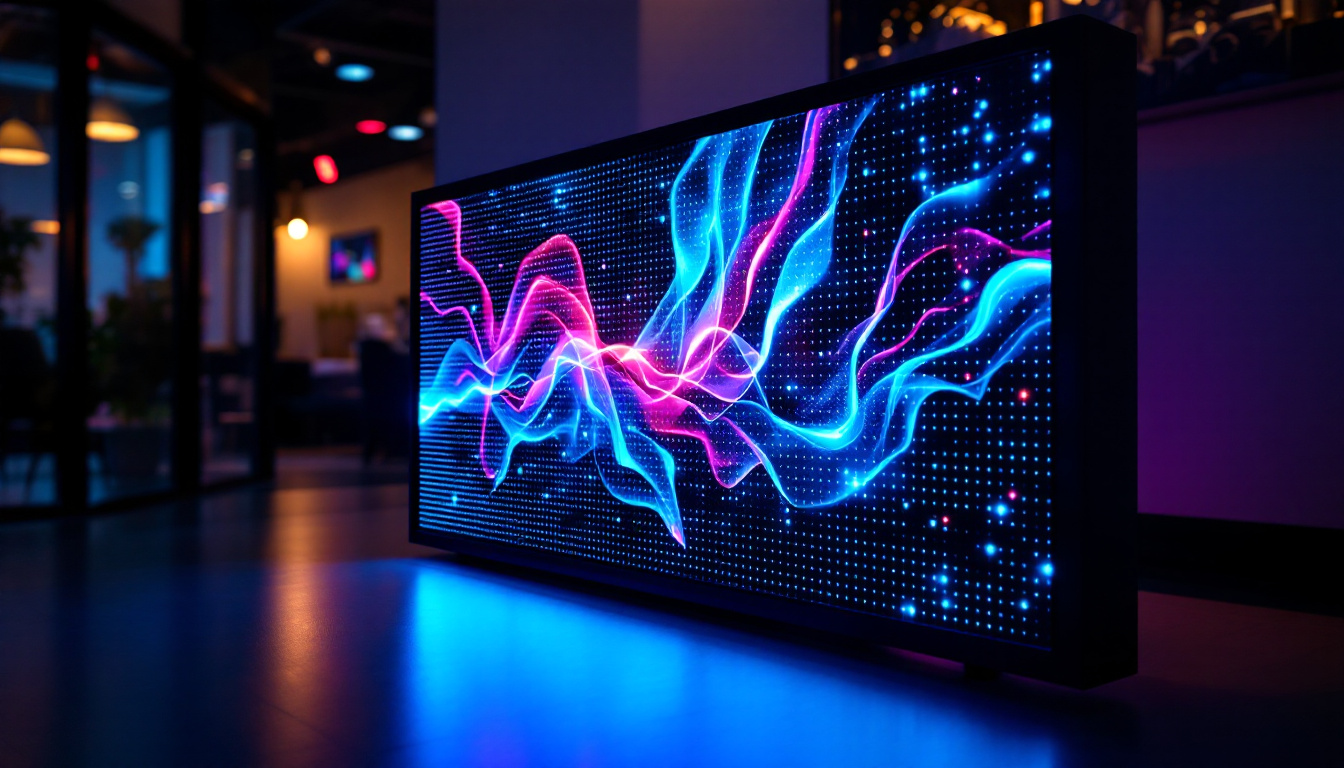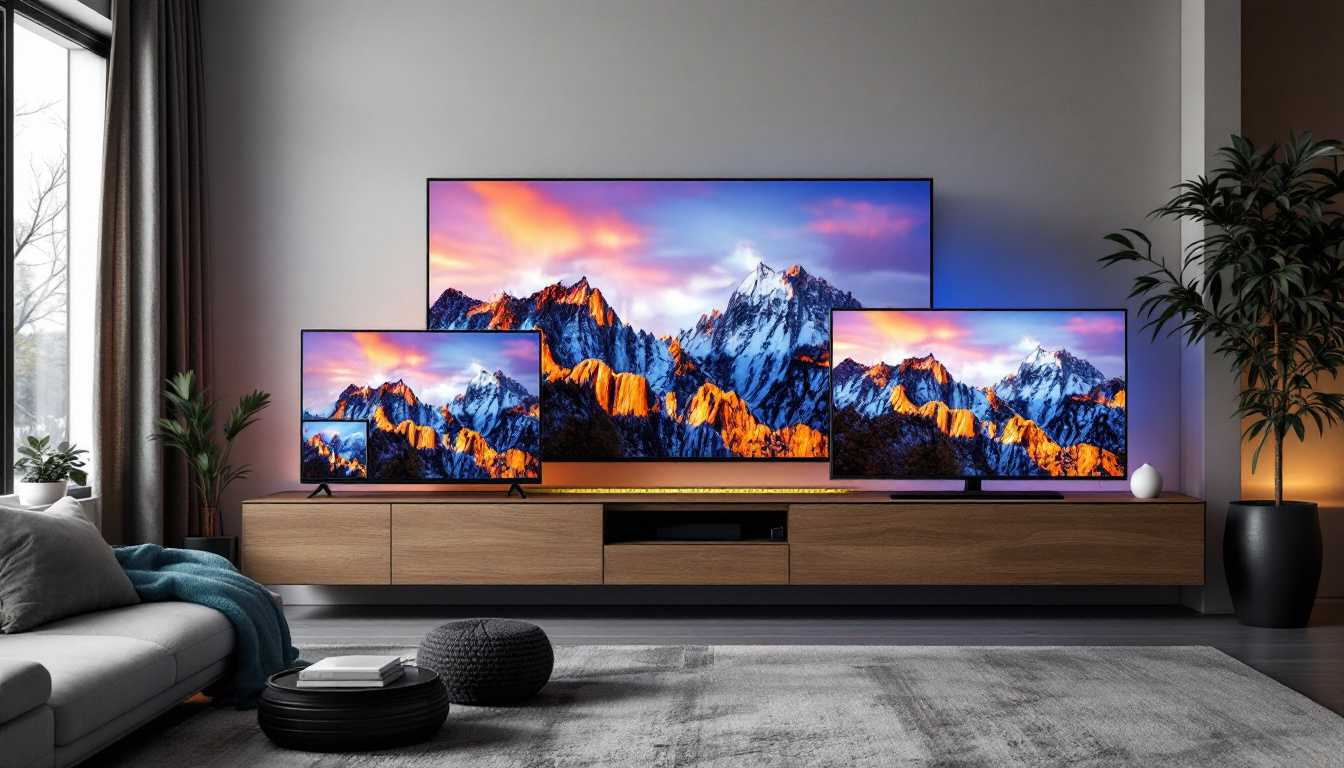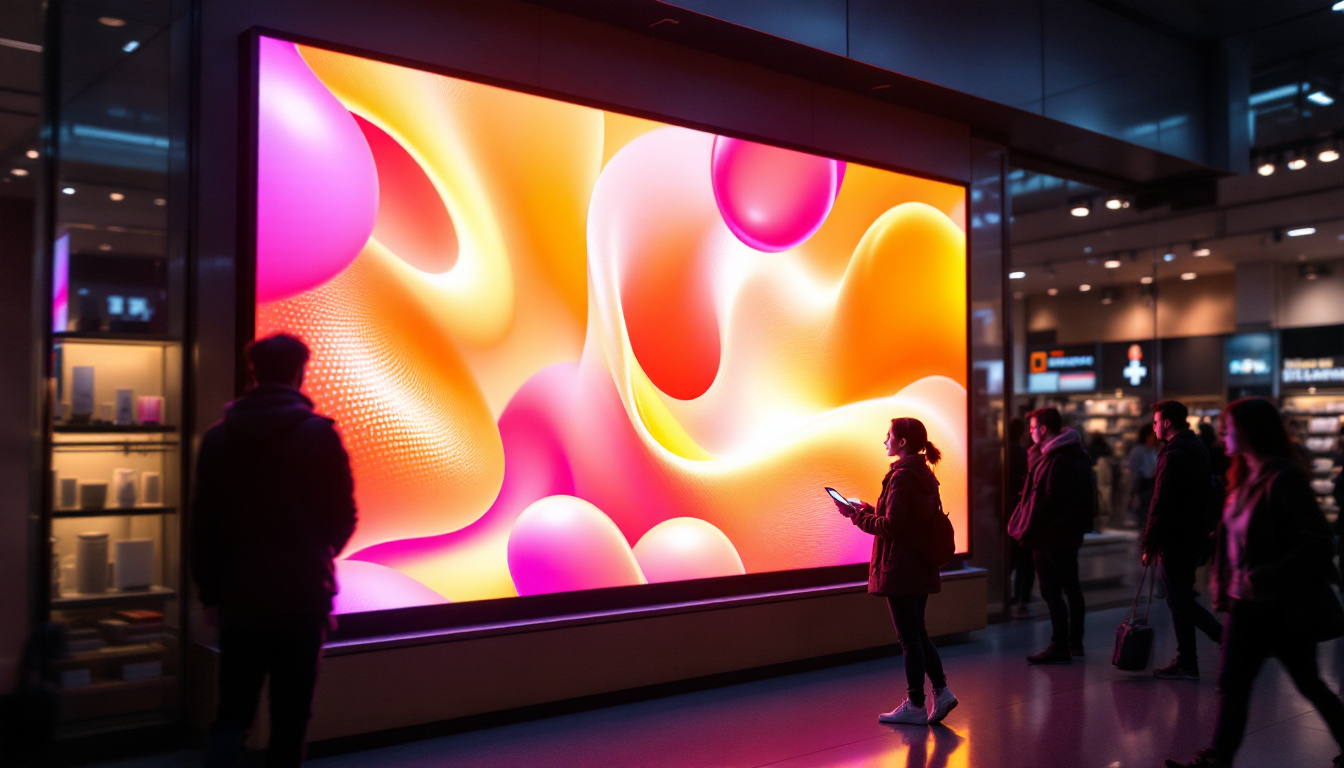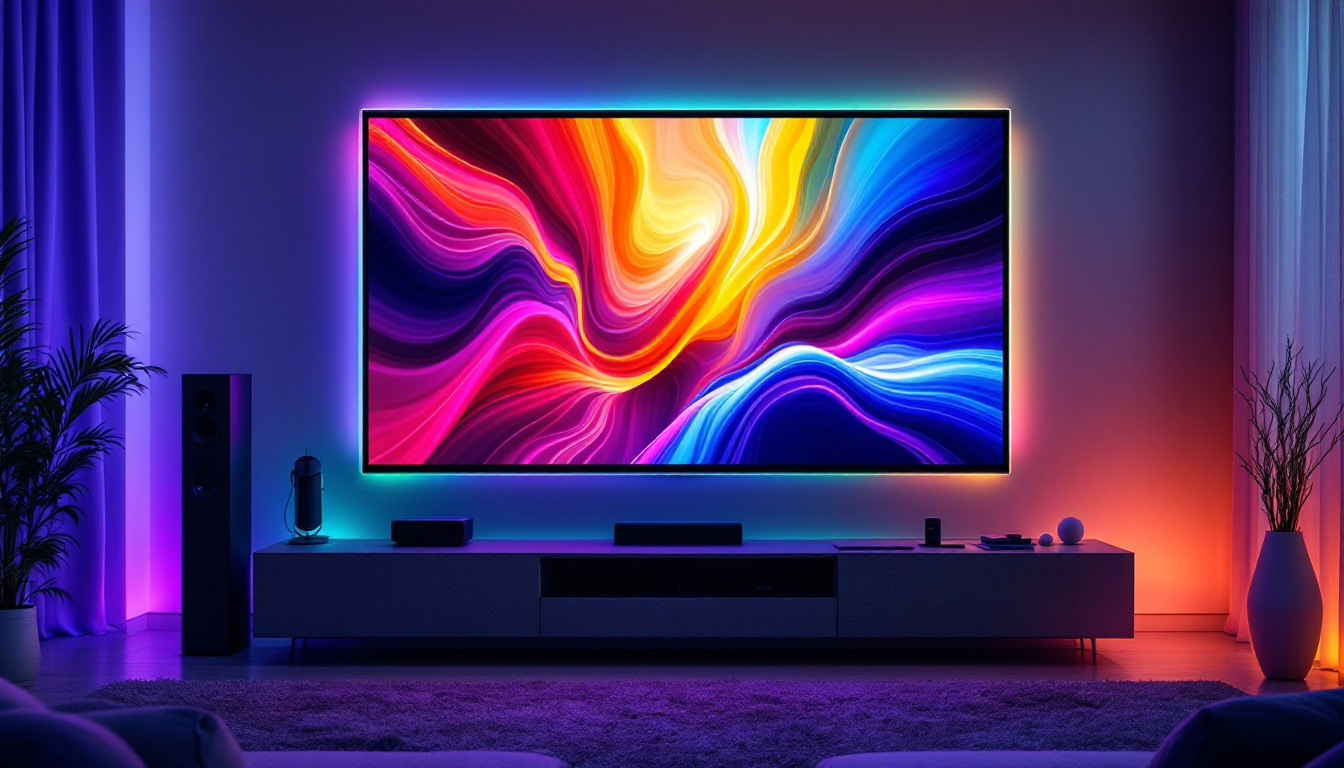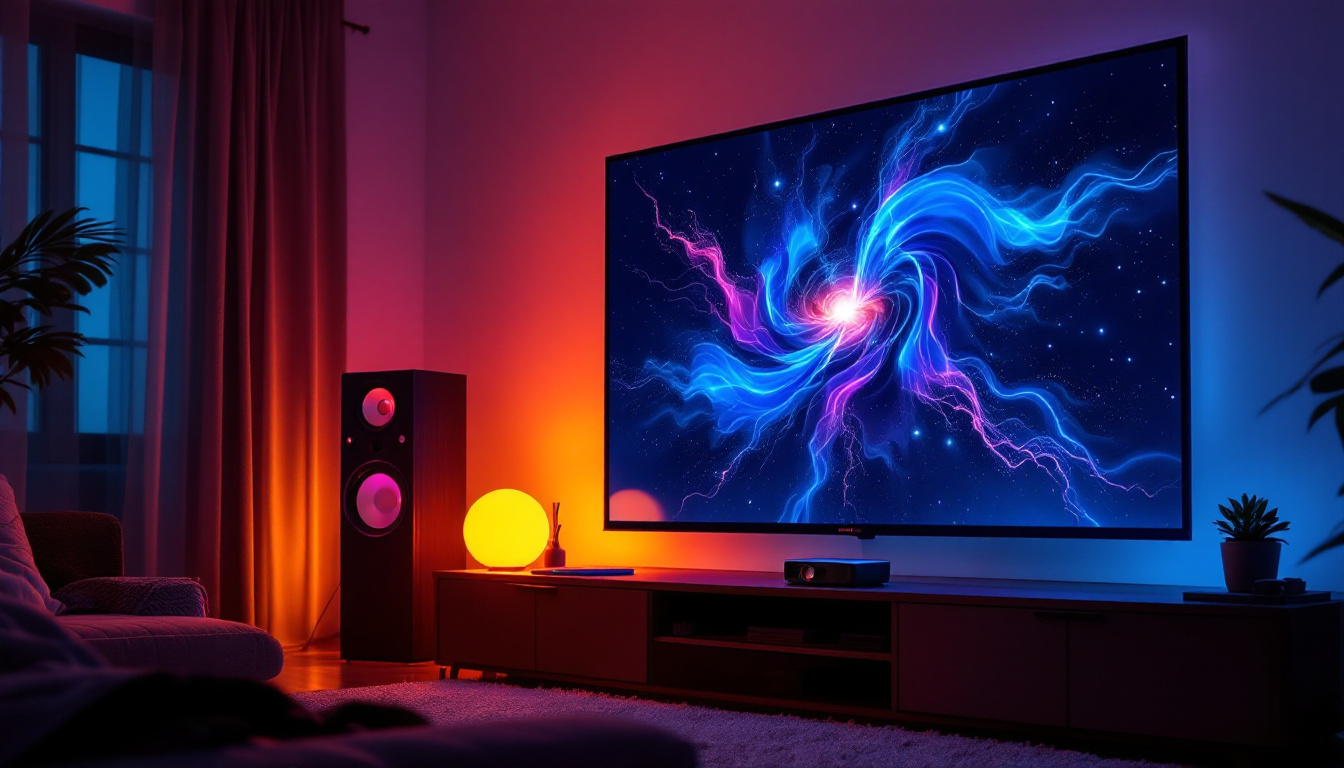In the world of display technology, LED (Light Emitting Diode) panels have become increasingly popular due to their vibrant colors, energy efficiency, and superior performance. Among the various types of LED displays, the IPS (In-Plane Switching) technology stands out for its exceptional viewing angles and color accuracy. This article delves into the intricacies of LED IPS panels, exploring their functionality, advantages, and applications.
Understanding LED Technology
LED technology has revolutionized the way we perceive visual content. Unlike traditional LCDs that rely on fluorescent backlighting, LED panels utilize tiny diodes that emit light when an electric current passes through them. This fundamental difference leads to several advantages, including improved brightness, lower energy consumption, and a thinner profile. The compact nature of LED technology also allows for innovative designs, such as ultra-slim televisions and flexible displays, which can be integrated into various environments, from homes to commercial spaces.
Moreover, the longevity of LED lights is another significant benefit. With a lifespan that can exceed 50,000 hours, LED displays not only reduce the frequency of replacements but also contribute to lower waste and environmental impact. This durability makes LED technology an appealing choice for both consumers and businesses looking to invest in long-term solutions.
How LED Displays Work
At the core of LED displays is the arrangement of pixels, each consisting of red, green, and blue (RGB) subpixels. By varying the intensity of these subpixels, a wide spectrum of colors can be produced. The combination of these colors creates the images we see on the screen. Furthermore, LED technology allows for local dimming, which enhances contrast by adjusting the brightness of specific areas of the display. This capability not only improves the viewing experience for movies and video games but also enhances the clarity of images in bright environments, making LED displays versatile for various lighting conditions.
Additionally, advancements in LED technology have led to the development of HDR (High Dynamic Range) displays, which further elevate the visual experience. HDR allows for a greater range of brightness levels and colors, providing a more lifelike representation of images. This is particularly beneficial for content creators and consumers who demand high-quality visuals, as it brings out details in both the shadows and highlights that were previously difficult to capture.
Types of LED Displays
There are several types of LED displays, including OLED (Organic LED), QLED (Quantum Dot LED), and the more traditional LCD with LED backlighting. Each type has its unique characteristics and applications. For instance, OLED is known for its deep blacks and vibrant colors, while QLED excels in brightness and color volume. However, LED IPS panels combine the best of both worlds, offering excellent color reproduction and viewing angles. This versatility makes them suitable for a wide range of uses, from professional graphic design to casual movie watching.
In addition to these popular types, microLED technology is emerging as a game changer in the display industry. MicroLED displays consist of microscopic LEDs that create individual pixels, allowing for even greater brightness and efficiency. This technology promises to deliver superior performance, with faster response times and enhanced durability, making it a strong contender for the future of high-end displays. As manufacturers continue to innovate, we can expect to see even more exciting developments in LED technology that will further enhance our visual experiences.
What is an IPS Panel?
IPS, or In-Plane Switching, is a technology used in LCD displays that enhances color reproduction and viewing angles. Unlike traditional twisted nematic (TN) panels, which can suffer from color distortion when viewed from an angle, IPS panels maintain color accuracy and clarity from various perspectives. This characteristic makes them ideal for applications where multiple viewers are present, such as in corporate settings or home theaters.
Key Features of IPS Technology
One of the standout features of IPS technology is its ability to deliver consistent and vibrant colors. This is achieved through the alignment of liquid crystals in a parallel orientation, which allows for better light transmission. As a result, IPS panels can reproduce a broader color gamut compared to their TN counterparts. Additionally, IPS displays typically have faster response times, reducing motion blur during fast-paced scenes.
Comparing IPS with Other Panel Technologies
While IPS panels are renowned for their color accuracy and viewing angles, they are not without competition. TN panels are often favored for gaming due to their faster response times and lower production costs. However, the trade-off is a narrower viewing angle and less accurate color reproduction. VA (Vertical Alignment) panels, on the other hand, offer better contrast ratios but may fall short in color accuracy compared to IPS. Understanding these differences is crucial when selecting the right display technology for specific needs.
Advantages of LED IPS Panels
LED IPS panels combine the benefits of LED technology with the superior characteristics of IPS, making them a popular choice for various applications. Here are some of the key advantages:
1. Superior Color Accuracy
One of the most significant advantages of LED IPS panels is their ability to reproduce colors accurately. This feature is particularly important for professionals in fields such as graphic design, photography, and video editing, where precise color representation is essential. The wide color gamut offered by IPS technology ensures that images appear as intended, without any noticeable color shifts.
2. Wide Viewing Angles
Another notable benefit of LED IPS panels is their wide viewing angles. Users can enjoy consistent image quality from various positions, making them ideal for collaborative environments or situations where multiple viewers are present. This characteristic enhances the overall viewing experience, whether it’s for presentations, gaming, or watching movies.
3. Energy Efficiency
LED technology is inherently more energy-efficient than traditional display technologies. LED IPS panels consume less power while providing brighter images, which can lead to reduced electricity costs over time. This energy efficiency is not only beneficial for consumers but also contributes to a more sustainable environment.
Applications of LED IPS Panels
The versatility of LED IPS panels allows them to be used in a wide range of applications across various industries. Here are some common uses:
1. Professional Environments
In professional settings such as design studios, advertising agencies, and corporate offices, LED IPS panels are favored for their color accuracy and wide viewing angles. They enable teams to collaborate effectively, ensuring that everyone sees the same high-quality visuals regardless of their position in the room.
2. Home Entertainment
For home theater enthusiasts, LED IPS panels provide an immersive viewing experience. Whether watching movies, playing video games, or streaming content, the vibrant colors and consistent image quality enhance the enjoyment of visual media. Additionally, their energy efficiency makes them a cost-effective choice for long hours of use.
3. Digital Signage
LED IPS panels are increasingly being utilized in digital signage applications. Their ability to display bright, eye-catching visuals with accurate colors makes them ideal for advertising, information displays, and interactive kiosks. Businesses can effectively communicate their messages to customers, enhancing engagement and driving sales.
Challenges and Considerations
While LED IPS panels offer numerous advantages, there are also some challenges and considerations to keep in mind when selecting and using them.
1. Cost
LED IPS panels tend to be more expensive than their TN counterparts due to the advanced technology involved in their production. This higher cost can be a barrier for some consumers, especially those on a tight budget. However, the investment may be justified for professionals or enthusiasts who prioritize color accuracy and viewing angles.
2. Response Times
Although IPS panels have improved in terms of response times, they may still lag behind TN panels, particularly in fast-paced gaming scenarios. Gamers who prioritize ultra-fast response times and minimal motion blur may want to consider TN panels or newer technologies designed specifically for gaming.
3. Limited Contrast Ratios
While IPS panels excel in color accuracy, they may not achieve the same contrast ratios as VA panels. This limitation can result in less pronounced blacks and overall depth in darker scenes. Users who prioritize deep blacks and contrast may need to weigh this factor when choosing between panel types.
Future of LED IPS Technology
The future of LED IPS technology looks promising, with ongoing advancements aimed at addressing current limitations. Innovations in manufacturing processes and materials are expected to enhance color accuracy, response times, and contrast ratios further.
Emerging Trends
As the demand for high-quality displays continues to grow, manufacturers are exploring new technologies that integrate IPS with other advancements, such as quantum dots and mini-LED backlighting. These innovations could result in even brighter displays with improved color accuracy and contrast, making LED IPS panels an even more attractive option for consumers and professionals alike.
Sustainability Efforts
With an increasing focus on sustainability, manufacturers are also working to reduce the environmental impact of LED IPS panels. This includes using eco-friendly materials and improving energy efficiency, ensuring that these displays not only meet consumer demands but also contribute positively to the environment.
Conclusion
LED IPS panels represent a significant advancement in display technology, combining the benefits of LED with the superior characteristics of IPS. Their exceptional color accuracy, wide viewing angles, and energy efficiency make them a popular choice for various applications, from professional environments to home entertainment systems.
While there are challenges to consider, such as cost and response times, the ongoing advancements in technology promise a bright future for LED IPS panels. As manufacturers continue to innovate and improve these displays, they will undoubtedly play a crucial role in shaping the visual experiences of tomorrow.
In summary, whether for professional use, home entertainment, or digital signage, LED IPS panels offer a compelling solution for anyone seeking high-quality visual displays. Their unique combination of features ensures that they remain a top choice in an ever-evolving technological landscape.
Discover LumenMatrix’s Advanced LED Display Solutions
Ready to elevate your visual experience with the latest in LED display technology? Look no further than LumenMatrix, a pioneer in crafting LED display modules that bring your content to life. From vibrant Indoor LED Walls to dynamic Outdoor LED Displays, and from sleek LED Posters to immersive Floor LED Displays, LumenMatrix offers a comprehensive range of solutions tailored to your needs. Embrace the future of visual communication with our Custom and All-in-One LED Displays, including the innovative LED Transparent Display. Check out LumenMatrix LED Display Solutions today and transform how you connect with your audience.





